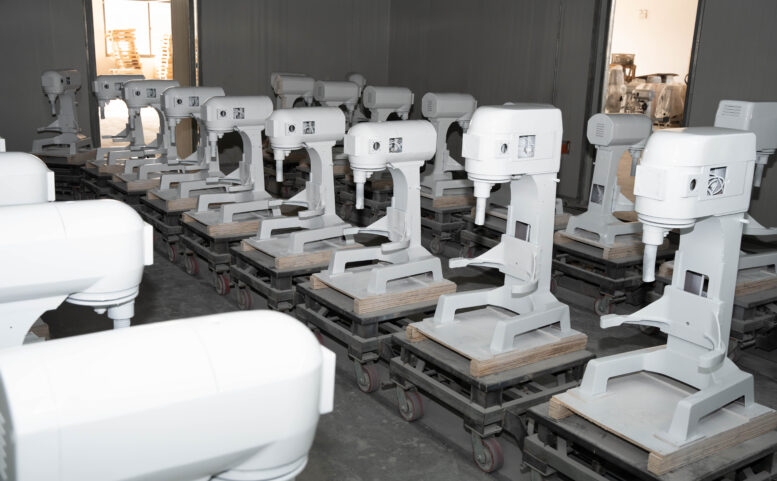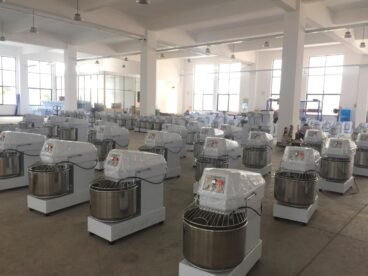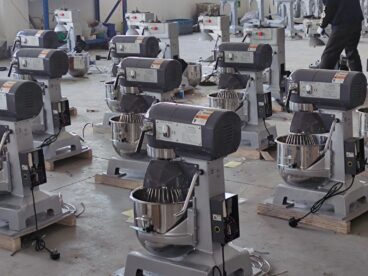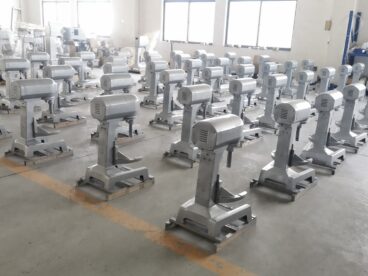When it comes to selecting a food mixer for baking, you are faced with numerous options and considerations. To ensure that the chosen food mixer aligns perfectly with your needs, various factors such as features, performance, design, and price must be taken into account. This article will guide you on how to choose the ideal food mixer for your independent platform, ensuring optimal results in your baking endeavors.
Part One: Understand Your Needs
Before selecting a food mixer, it is crucial to understand your specific requirements. Consider the following questions:
What types of food do you typically bake? Bread, cakes, cookies, or other pastries?
What are the primary ingredients you frequently work with? Flour, dough, egg whites, or others?
Do you need additional features in your food mixer, such as mixing, beating eggs, or whipping cream?
Once these needs are identified, you’ll be better equipped to choose a food mixer that suits your baking preferences.
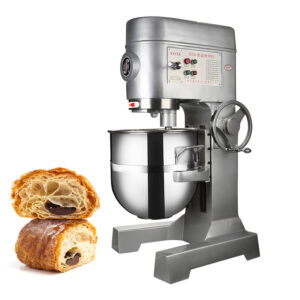
Part Two: Features and Performance
- Power and Speed
The power and speed of a food mixer directly impact its performance. Generally, higher power and multiple speed options enable the mixer to handle tougher ingredients. For baking, a mixer with various speed settings is preferable, as different ingredients require different processing speeds.

- Design of the Mixer Head
Some mixers come with tillable mixer heads, making it easier to add and remove ingredients. This feature proves valuable when dealing with large amounts of dough or flour. Ensure that the design of the mixer head aligns with your baking needs.
- Mixing Tools
Different mixers come with various mixing tools such as scrapers, beaters, and dough hooks. Depending on your requirements, choose a mixer that comes equipped with the appropriate tools.
- Capacity
The capacity of the mixer is another critical consideration. If you often deal with large quantities of ingredients, opting for a high-capacity mixer may be more suitable.
Part Three: Design and Durability
- Material
The material of the mixer contributes to its durability and ease of cleaning. Stainless steel and aluminum alloy are typically durable and easy to clean. Ensure the chosen material aligns with your usage preferences.
- Design Style
The design style of the mixer may not only be about aesthetics but also about usability. Some cleverly designed mixers are easier to store and clean.
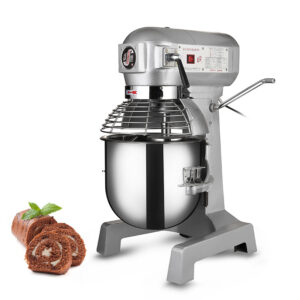
Part Four: Price and Brand Reputation
- Budget
Before selecting a food mixer, establish a reasonable budget. Price discrepancies exist among different brands and models, but higher prices do not always indicate superior performance.
- Brand Reputation
Opting for a brand with a good reputation and positive customer reviews is crucial to ensure you purchase a high-quality mixer. Check online reviews and forum discussions to gain insights from other users’ experiences.
Conclusion
Choosing the best food mixer for your needs involves a comprehensive consideration of features, performance, design, durability, as well as price and brand reputation. By understanding your requirements and comparing options based on the provided guidelines, you’ll be able to make an informed decision, ensuring optimal results in your baking endeavors.


